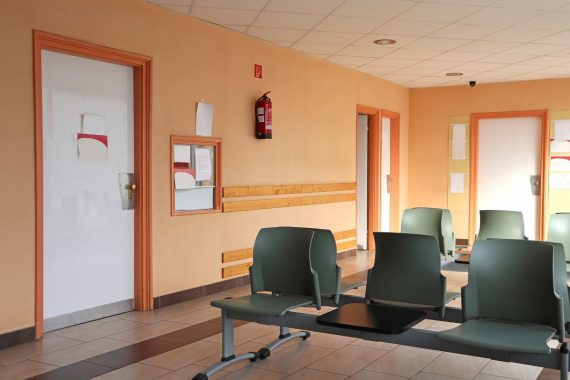NHS Property Services has identified three primary care sites built using reinforced autoclaved aerated concrete (RAAC), one of which remains open with temporary supports in place.
RAAC, a lightweight form of precast concrete used in public sector buildings from the mid-1950s to the mid-1990s, sparked concerns regarding its durability after it emerged that unsafe concrete had forced the full or partial closure of more than 100 schools in England.
The material is said to have a shelf-life of around 30 years and the Department of Health and Social Care has said it remains committed to eradicating RAAC from the NHS estate entirely by 2035.
NHSPS told Pulse that ‘remedial works’ to make the one of the three identified buildings safe have been completed but of the remaining two, one site has temporary supports in place and ‘is planned to be vacated’, and one is vacant and due to be redeveloped.
An NHSPS spokesperson said: ‘NHSPS carried out a review of all properties then subsequently commissioned and completed site investigations on 693 freehold properties.
‘Of the remaining two properties which require remedial works one site is vacant and due to be redeveloped and one has temporary supports in place and is planned to be vacated.’
Answering a parliamentary question about RAAC in primary care buildings earlier this week, secondary care minister Will Quince said that the DHSC and NHS England have engaged with NHSPS and Community Health Partnerships (CHP) who own the proportion of the primary and community estate in public ownership to understand their RAAC risk and the associated programmes.
He also mentioned that NHSPS had identified the three sites, which are part of a national remediation programme.
He said: ‘Privately owned primary care estate is not part of the national RAAC remediation programme.
‘NHS England has issued RAAC guidance to providers of National Health Service services operating from private premises to advise them to engage with the private landlords who hold the responsibility for surveying and maintaining their own property. In many cases in primary care, the general practitioners are the owners.
‘CHP has not identified any RAAC in its estate. NHSPS has identified three sites that are part of the national programme.’
As part of its most recent update, the Department of Health said that 27 NHS sites have been confirmed to have RAAC plank construction and have entered the national remediation programme.
Through this remediation programme, RAAC has been completely eradicated in three of these sites, the department said.
The Government first became aware of public sector buildings that contain RAAC in 1994 and then started monitoring their condition during 2018.
It has led ministers to set aside £700m for NHS hospitals in England with RAAC issues.














